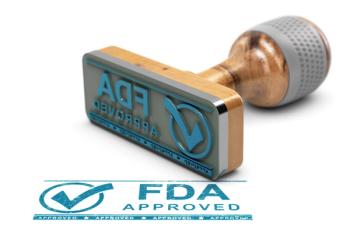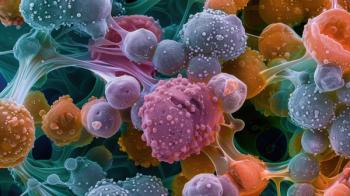
Sexual Transmission of Zika Virus Confirmed by CDC
The CDC recently confirmed man-to-man sexual transmission of the Zika virus.
As the Zika virus continues to spread worldwide and
Although the viral RNA has been isolated in many different bodily fluids, including blood, semen, urine, cerebral spinal fluid, amniotic fluid, and breast milk, human-to-human transmission of this vector-borne illness has been poorly understood.
The US Centers for Disease Control and Prevention (CDC) recently confirmed man-to-man sexual transmission of the Zika virus.
The CDC described a case of a traveling male who had condomless insertive anal intercourse with a non-traveling male after a 1-week visit to Venezuela.
The non-traveling male developed signs and symptoms consistent with Zika virus infection 7 days post-intercourse. On day 14, serum specimens from both patients were drawn and confirmed the presence of Zika virus.
The case was first reported in February 2016, and after epidemiologic, laboratory, and environmental investigations, the CDC concluded that the Zika virus “can be transmitted through anal sex, as well as vaginal sex.”
The case doesn’t change any of the CDC’s previously published guidelines on the prevention of Zika transmission through sexual contact. The CDC still recommends using condoms or abstinence for vaginal, anal, and oral sex for couples with a male partner who may be infected with Zika, including those traveling or living in an area known to have a Zika outbreak.
Reference
Deckard DT, Chung WM, Brooks JT, et al. Male-to-male sexual transmission of Zika virus. Morbidity and Mortality Weekly Report. 2016 Apr 15;65(14): 372-374.
Newsletter
Stay informed on drug updates, treatment guidelines, and pharmacy practice trends—subscribe to Pharmacy Times for weekly clinical insights.


















































































































































































































